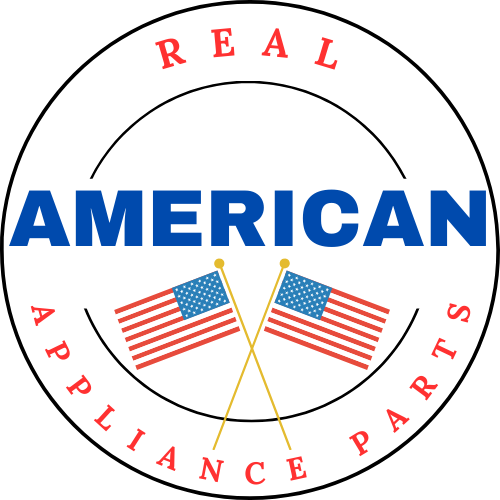The Impact of IoT on Appliance Repair: Challenges and Solutions for Technicians
The rapid advancement of the Internet of Things (IoT) has transformed the appliance industry, integrating smart technology into everyday household devices. From refrigerators that monitor food freshness to washing machines that notify users of maintenance needs, IoT has enhanced convenience and efficiency. However, this connectivity brings unique challenges for appliance repair companies. Understanding these challenges and adapting repair strategies accordingly is essential for staying competitive in the modern market.
Unique Challenges of IoT-Connected Appliances
-
Complex Diagnoses
Traditional appliances often require straightforward troubleshooting, but IoT-connected appliances introduce a layer of complexity. These devices rely on sensors, software, and wireless communication, meaning a malfunction could stem from hardware failure, firmware issues, or connectivity problems. -
Remote Diagnostics and Software Issues
Many smart appliances are equipped with self-diagnostic tools that can transmit error codes or performance data to manufacturers and technicians. While this feature can expedite repairs, it also means that technicians must be proficient in interpreting digital diagnostics and updating software or firmware, which is different from traditional mechanical fixes. -
Cybersecurity and Privacy Concerns
IoT appliances are connected to home networks, raising concerns about data security. Repair technicians need to be aware of potential cybersecurity risks, such as unauthorized access or data breaches, and follow best practices when handling devices that store user information. -
Compatibility and Connectivity Issues
IoT appliances may experience disruptions due to connectivity problems, outdated software, or incompatibility with home networks. Technicians must determine whether the issue lies within the appliance, the router, or external service providers, requiring broader expertise in networking and wireless technology. -
Manufacturer-Specific Systems
Unlike conventional appliances with relatively universal repair techniques, IoT-enabled appliances often operate on proprietary software and cloud-based services. Technicians must keep up with manufacturer-specific tools, updates, and service procedures to effectively diagnose and repair these appliances.
Adapting to IoT Appliance Repairs
1. Invest in Ongoing Training
Technicians should regularly participate in training programs to stay updated on the latest smart appliance technologies. Manufacturers and third-party organizations often provide certifications on IoT systems, networking protocols, and software troubleshooting.
2. Utilize Remote Diagnostics
Leveraging remote diagnostic capabilities can save time and effort. Many smart appliances allow technicians to analyze performance data before visiting the customer’s home, making it easier to arrive with the right tools and parts.
3. Develop Networking Expertise
Understanding Wi-Fi connectivity, router settings, and common network issues is essential for troubleshooting IoT appliances. Technicians should familiarize themselves with basic networking concepts to identify and resolve connectivity problems efficiently.
4. Prioritize Cybersecurity Awareness
To protect customers' privacy, repair companies should implement best practices such as using secure connections, avoiding unnecessary data access, and educating homeowners on keeping their smart appliances secure.
5. Maintain Strong Relationships with Manufacturers
Since many IoT appliances use proprietary software, repair technicians should establish relationships with manufacturers to gain access to specialized tools, firmware updates, and technical support.
Conclusion
The rise of IoT-connected appliances has changed the landscape of appliance repair, requiring technicians to develop new skills and approaches. By staying informed about the latest advancements, investing in technical training, and incorporating cybersecurity best practices, appliance repair companies can adapt to this evolving industry and provide high-quality service in the age of smart technology.
